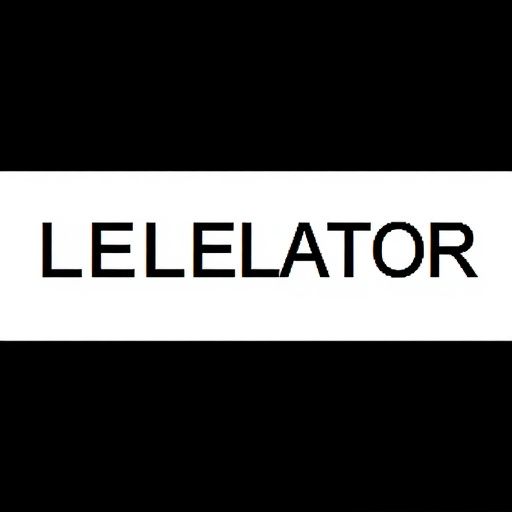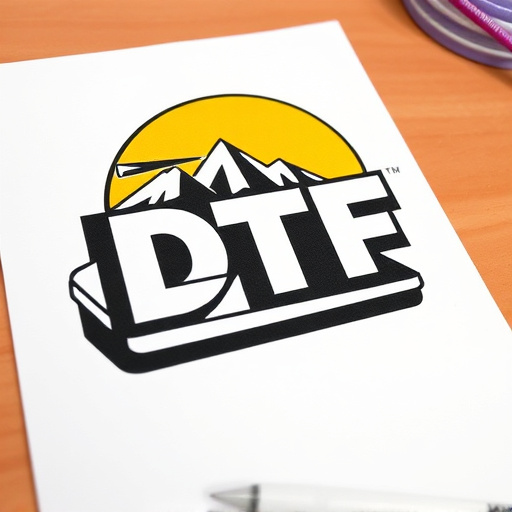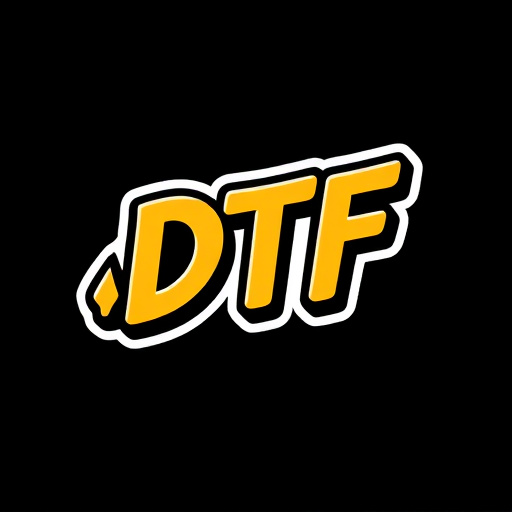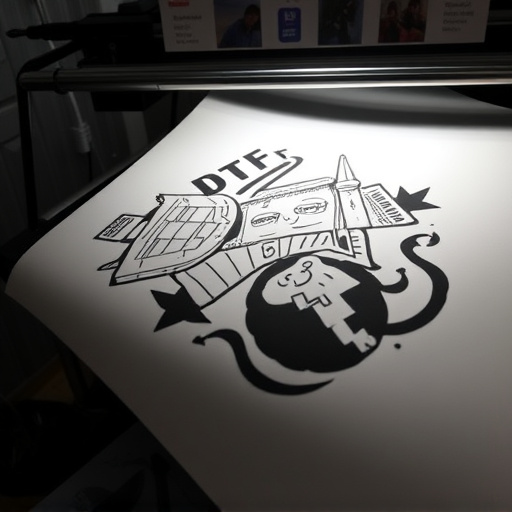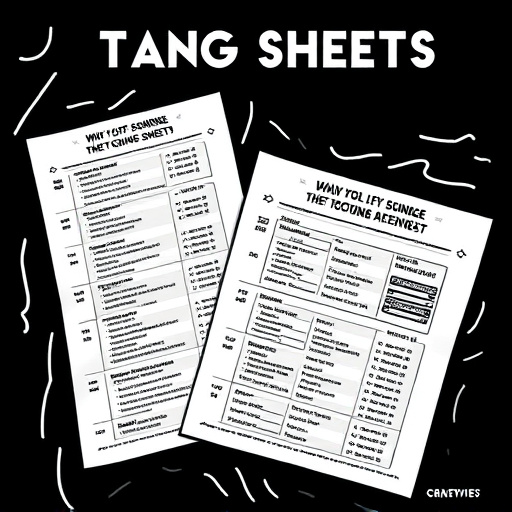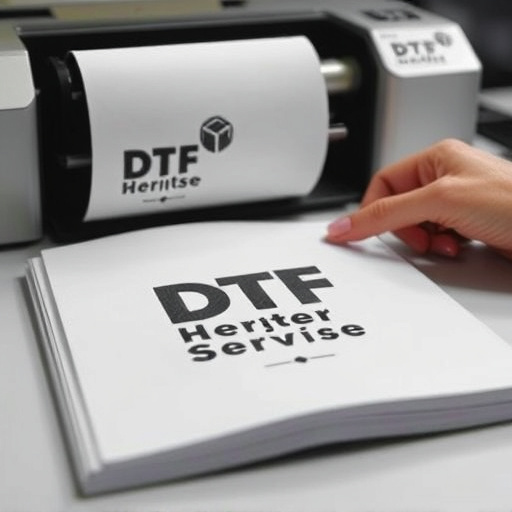The commercial DTF (Direct to Fabric) printing market is experiencing rapid growth and transformation due to technological advancements, competitive pricing, and accessible equipment. This trend democratizes access, benefiting both established businesses and newcomers with cost-effective on-demand production, customization options, and versatile printing capabilities. Despite potential challenges like color fading, decreasing equipment costs and innovations in technology are driving widespread adoption, revolutionizing custom transfer creation for apparel, promotional products, and more.
In recent years, commercial DTF (Direct-to-Fabric) printing equipment prices have been experiencing a significant downward trend. This shift is driven by evolving market dynamics and advancements in technology. As costs continue to plummet, DTF printing offers an increasingly attractive option for businesses. The article delves into the factors propelling this price plunge, explores the advantages and disadvantages of DTF printing, and provides insights into its future trajectory.
- Market Dynamics Driving DTF Price Plunge
- Advantages and Disadvantages of DTF Printing
- Future Outlook: Where is DTF Headed?
Market Dynamics Driving DTF Price Plunge
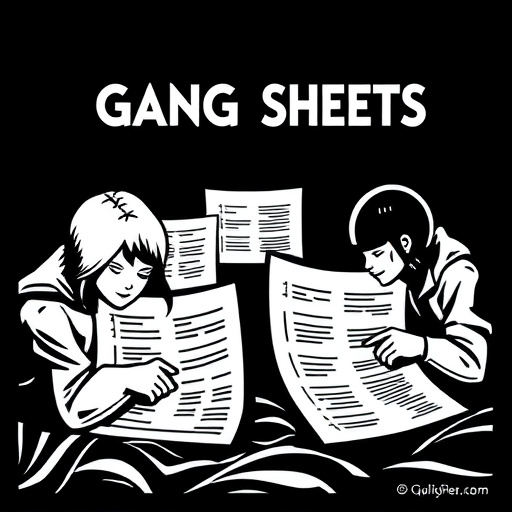
The commercial DTF (Direct to Fabric) printing market is experiencing a significant shift due to several interrelated factors. One of the primary drivers behind this trend is the rapid advancements in technology, enabling manufacturers to produce printers at lower costs. The competition among vendors has intensified, leading to price wars that directly benefit consumers seeking the best DTF printer options. Additionally, the widespread adoption of DTF heat transfer paper across various industries has spurred demand, creating a healthy market dynamic.
Furthermore, the increasing availability of high-quality, affordable DTF printing equipment and consumables is attracting small businesses and entrepreneurs to this once-niche industry. This influx has led to a more diverse range of options for commercial DTF printing, pushing prices down even further. As a result, it’s never been easier or more cost-effective to enter the market with cutting-edge DTF technology, making it an exciting time for both established players and newcomers alike.
Advantages and Disadvantages of DTF Printing
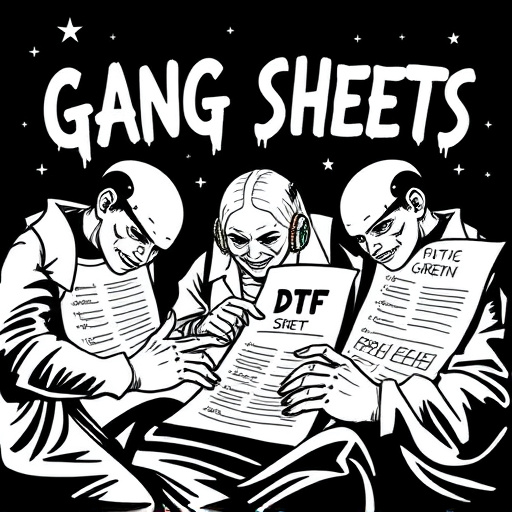
The rise of Commercial DTF Printing has brought both advantages and disadvantages for businesses. One of the key benefits is its cost-effectiveness; this direct to film printing method allows for on-demand production, reducing overheads associated with inventory storage. It’s particularly advantageous for small businesses or startups that require flexible production without large initial investments in equipment. Additionally, DTF Printing offers a wide range of customization options, allowing designers and artists to create intricate and detailed prints with vibrant colors. This level of personalization has opened new opportunities in the market, especially for custom apparel and promotional products.
However, there are challenges too. The technology requires specialized training to operate and maintain, which can be a steep learning curve for businesses without prior experience. Furthermore, while DTF Printing offers impressive results, it might not match the durability of traditional printing methods. Over time, colors may fade or films may crack, especially when exposed to harsh conditions, requiring regular re-application. Despite these drawbacks, as equipment prices continue to fall, many are finding that the benefits of Commercial DTF Printing outweigh the disadvantages, making it a compelling option in today’s competitive market.
Future Outlook: Where is DTF Headed?
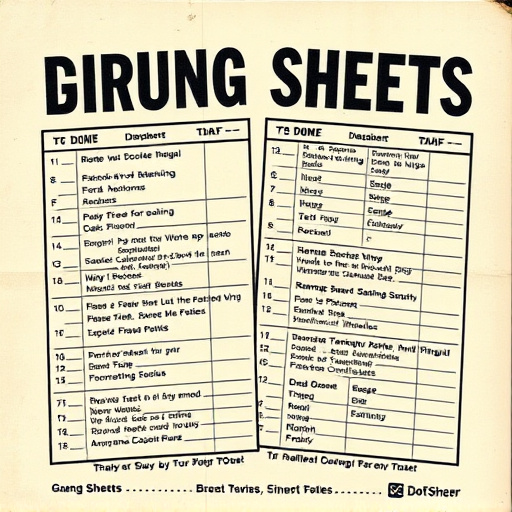
The future of Commercial DTF Printing looks bright and innovative, with prices of equipment rapidly decreasing, making it more accessible to small businesses and entrepreneurs. This trend opens up a world of opportunities for custom dtf transfers, allowing for diverse applications in merchandising, fashion, and even personal customization. With advancements in technology, the process is becoming faster, more efficient, and user-friendly, ensuring high-quality prints on various materials.
As the market continues to evolve, we can expect to see an increase in demand for versatile and affordable dtf printers, catering to both professional designers and hobbyists. The best dtf printer options available today are setting new standards, offering precision and reliability at competitive prices. This shift is not just about technology; it’s also about empowering individuals and businesses to bring their creative visions to life with ease, ultimately revolutionizing the way custom transfers are created and utilized.
The rapid fall in commercial DTF printing equipment prices signals a transformative period for the industry. As market dynamics continue to evolve, DTF printing offers an increasingly compelling solution for businesses seeking efficient and cost-effective customization. While there are inherent advantages and disadvantages to consider, the future outlook for DTF is promising, with advancements poised to further enhance its accessibility and versatility. This trend positions DTF as a game-changer in the print industry, enabling folks to unlock a world of creative possibilities.
